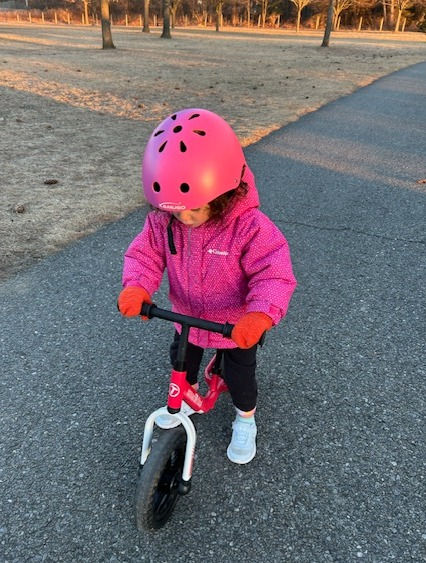Transforming "Be Careful" Into Empowering Adventures: A Parent's Guide to Outdoor Safety
- Kellyn
- Mar 19, 2024
- 3 min read

In the world of parenting, if there were a penny for every time we've said "be careful" to our children, we'd probably be millionaires by now. This well-intentioned caution, however, often fades into the background noise of their adventurous lives, especially when they're out conquering the great outdoors. It's time to rethink how we communicate safety to our children, turning those two words from a vague caution into a powerful toolkit for adventure.
Evaluating the Situation: Is It Fear or Safety?
The first step is a moment of introspection. Before the words "be careful" slip out, pause and reflect: is the concern based on a real safety issue, or is it our own anxiety at play (guilty)? This moment of pause isn't just about holding back unnecessary warnings; it's about empowering our children to trust in their abilities and to learn from their environment.
Be Specific About the Concern
The phrase "be careful" is as wide as the ocean and just as deep—let's narrow it down. For instance, if your child is navigating the climb of a sturdy oak, guide them with, "Make sure you hold onto the branches that look strong and steady." This advice is not just specific; it's a mini-lesson in assessing their surroundings for safety.
Offer Alternatives
Imagine your child is about to dash across a slippery moss-covered rock. Instead of the generic caution, try suggesting, "Let’s find a path that keeps our feet dry and steady." Offering an alternative is like drawing a safer path on their adventure map, one they can follow with confidence.
Encourage Awareness
Questions like, "Do you feel safe doing that?" or "What’s your plan if that rock isn’t as stable as it looks?" transform children into thoughtful navigators of their own safety. It’s about encouraging them to see, assess, and decide, turning every step into a conscious choice.
Use Positive Reinforcement
When we catch our kids making smart safety choices, let's shower them with praise. It's a way of saying, "I see you making smart, safe decisions, and I'm proud of you." This not only boosts their confidence but reinforces the value of thinking ahead.
Teach by Example
Our actions speak volumes. By demonstrating cautious behavior ourselves, whether it’s checking the current before we cross a stream or wearing a helmet on a bike ride, we’re teaching our kids invaluable lessons on assessing risk and making safe choices.
Create a Safety Dialogue
Let safety be a shared narrative, not a lecture. Talk about the day's adventures and the safety choices made along the way. It’s about creating a dialogue where safety is as much a part of the adventure as the destination.
Empower with Knowledge and Skills
Enrich your child’s adventure toolkit with safety courses like swimming lessons, first aid, or bicycle safety. These aren't just skills; they're layers of armor against potential dangers, empowering your child to face challenges with confidence.
As we navigate the parenting journey, let’s transform our "be carefuls" into empowering guidance. It's about crafting a world where our children feel equipped to explore, assess, and enjoy the boundless adventures that nature offers, all while knowing they have the tools and knowledge to keep themselves safe. This shift from caution to empowerment not only nurtures their physical safety but cultivates a mindset of mindful exploration and self-reliance. Let the adventures begin!
Comments